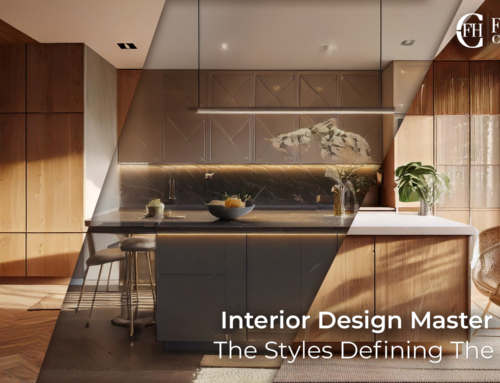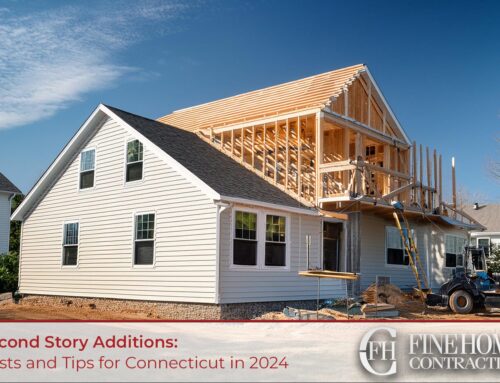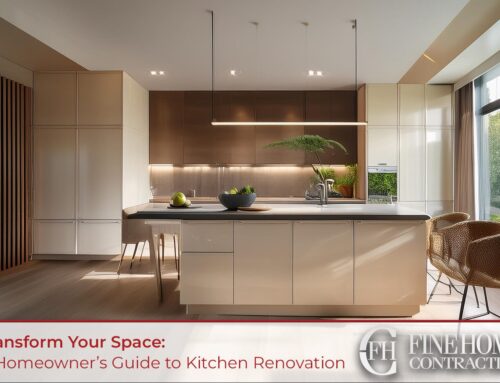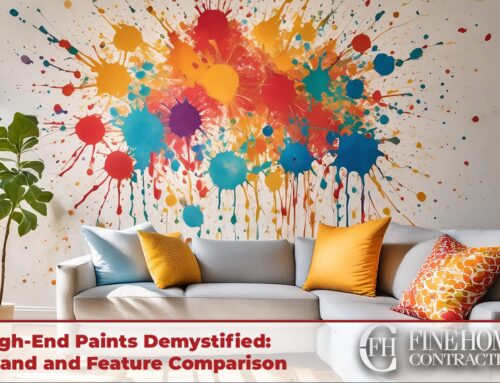Finding the right contractor can make or break an interior designer’s project. Whether you’re redesigning a single room or managing a full home renovation, partnering with a contractor who understands your vision and process is crucial. Here’s a comprehensive guide on how interior designers can find, vet, and work alongside the perfect contractor.
Why Choose a Design and Build Contractor?
Why Choose a Design and Build Contractor?
Seamless Collaboration
Design and build contractors offer a one-stop shop for both the design and construction phases of a project. This approach fosters seamless collaboration, as the same team handles everything from initial concepts to final finishes.
- Streamlined Communication: Fewer misunderstandings and quicker resolutions.
- Integrated Workflow: Easier to align schedules and milestones.
- Unified Vision: Ensures design intentions are preserved throughout construction.
Benefits for Interior Designers
Having a go-to contractor you trust can transform your business operations:
- Consistent Quality: Reliable workmanship that meets your standards.
- Efficiency: Faster project completions with fewer delays.
- Client Satisfaction: Enhanced client experience through cohesive teamwork.
Benefits for Your Clients
Your clients will also reap significant benefits from your established contractor relationship:
- Transparency: Clear, consistent updates on project progress.
- Trust: Increased confidence in the project’s success.
- Value: Higher quality results within agreed timelines and budgets.
Tips for Finding the Right Contractor
Research and Referrals
Start by gathering recommendations from industry peers and satisfied clients. Look for contractors who have experience with projects similar to yours.
- Industry Networks: Join local interior design and construction associations.
- Online Reviews: Check reviews on platforms like Houzz, Angie’s List, and Yelp.
- Portfolio Review: Examine past projects to assess quality and style compatibility.
Red Flags to Avoid
- Lack of Documentation: Unwillingness to provide licenses, insurance, or references.
- Poor Communication: Slow responses or vague answers to your questions.
- Negative Reviews: Consistent complaints about workmanship or professionalism.
Interview and Vetting
Once you’ve shortlisted potential contractors, conduct thorough interviews and background checks.
Key Questions to Ask
- Experience: How long have you been in business? What types of projects do you specialize in?
- Licensing and Insurance: Can you provide proof of your licenses and insurance?
- References: Can you share contact information for past clients?
- Project Management: How do you handle scheduling, communication, and problem-solving?
- Budgeting: Can you provide a detailed estimate and timeline for a sample project?
Establishing a Productive Working Relationship
Clear Communication
Set the foundation for a successful collaboration by establishing clear communication channels.
- Regular Meetings: Schedule weekly check-ins to review progress and address issues.
- Documentation: Keep detailed records of all decisions, changes, and approvals.
- Tech Tools: Use project management software like Buildertrend for streamlined communication.
Contracts and Agreements
Always formalize your partnership with a detailed contract outlining the project’s scope, budget, timeline, and payment terms.
- Scope of Work: Detailed description of all tasks and deliverables.
- Payment Schedule: Clear terms for deposits, progress payments, and final payment.
- Change Orders: Procedures for handling modifications to the original plan.
- Dispute Resolution: Agreed methods for resolving any disagreements.
Define Roles and Responsibilities
Ensure everyone knows their roles and responsibilities to avoid overlap and confusion.
- Design Scope: Specify which aspects of the design you will oversee.
- Construction Scope: Clarify the contractor’s responsibilities and limitations.
- Decision-Making: Outline the process for making changes or handling disputes.
Conclusion
Choosing the right contractor is essential for interior designers aiming to deliver high-quality results. By focusing on design and build contractors, you can ensure a seamless, integrated process that benefits both you and your clients. With thorough research, careful vetting, and clear communication, you can establish a reliable partnership that enhances your projects and reputation.
Ready to find your ideal contractor? Start your search today and take the first step towards a smoother, more successful design journey.
Fine Home Contracting specializes in Connecticut homes, from historical restorations to new constructions. Our deep understanding of local building departments, historical home restrictions, and environmental regulations ensures your project runs smoothly and meets all legal requirements. Contact us to discuss how we can assist with your next interior design project.







